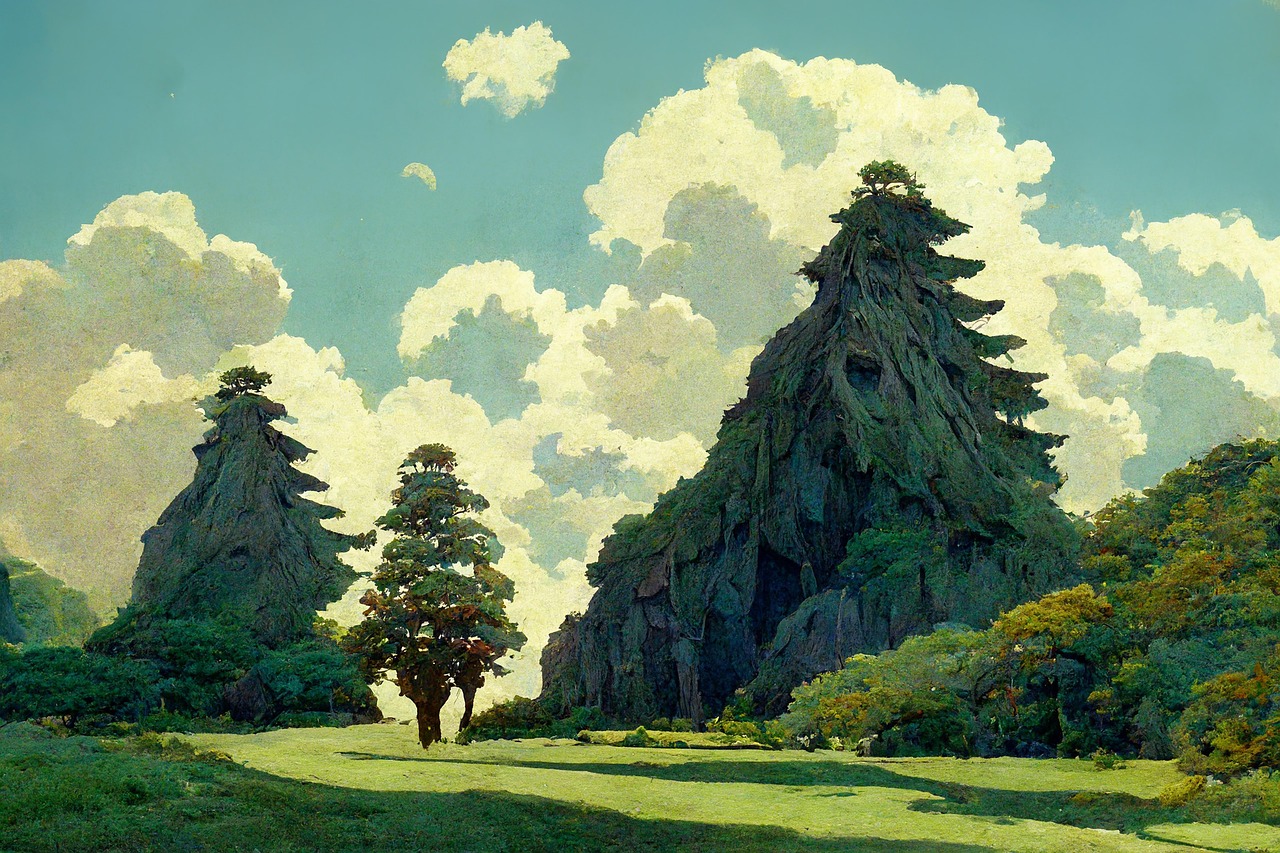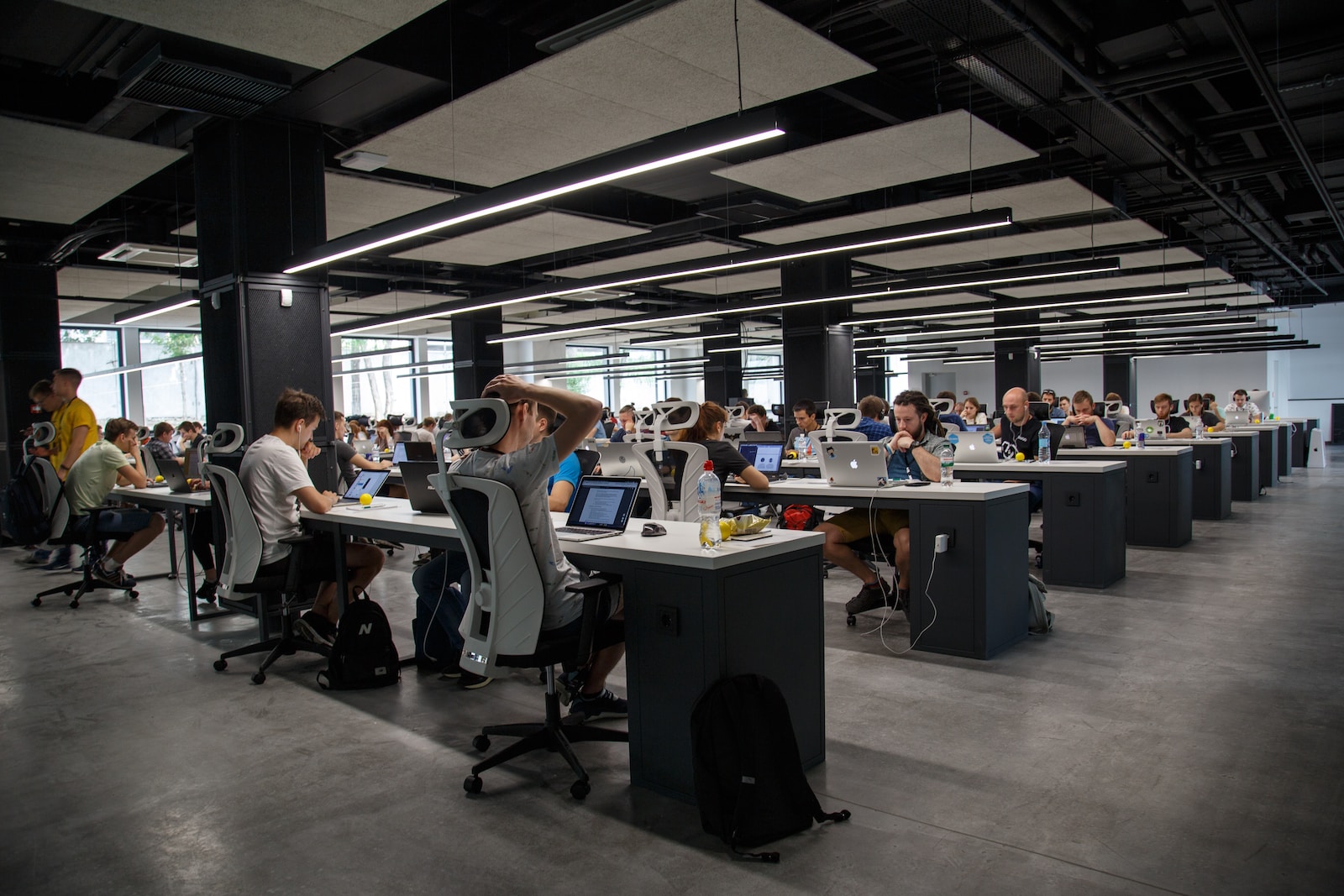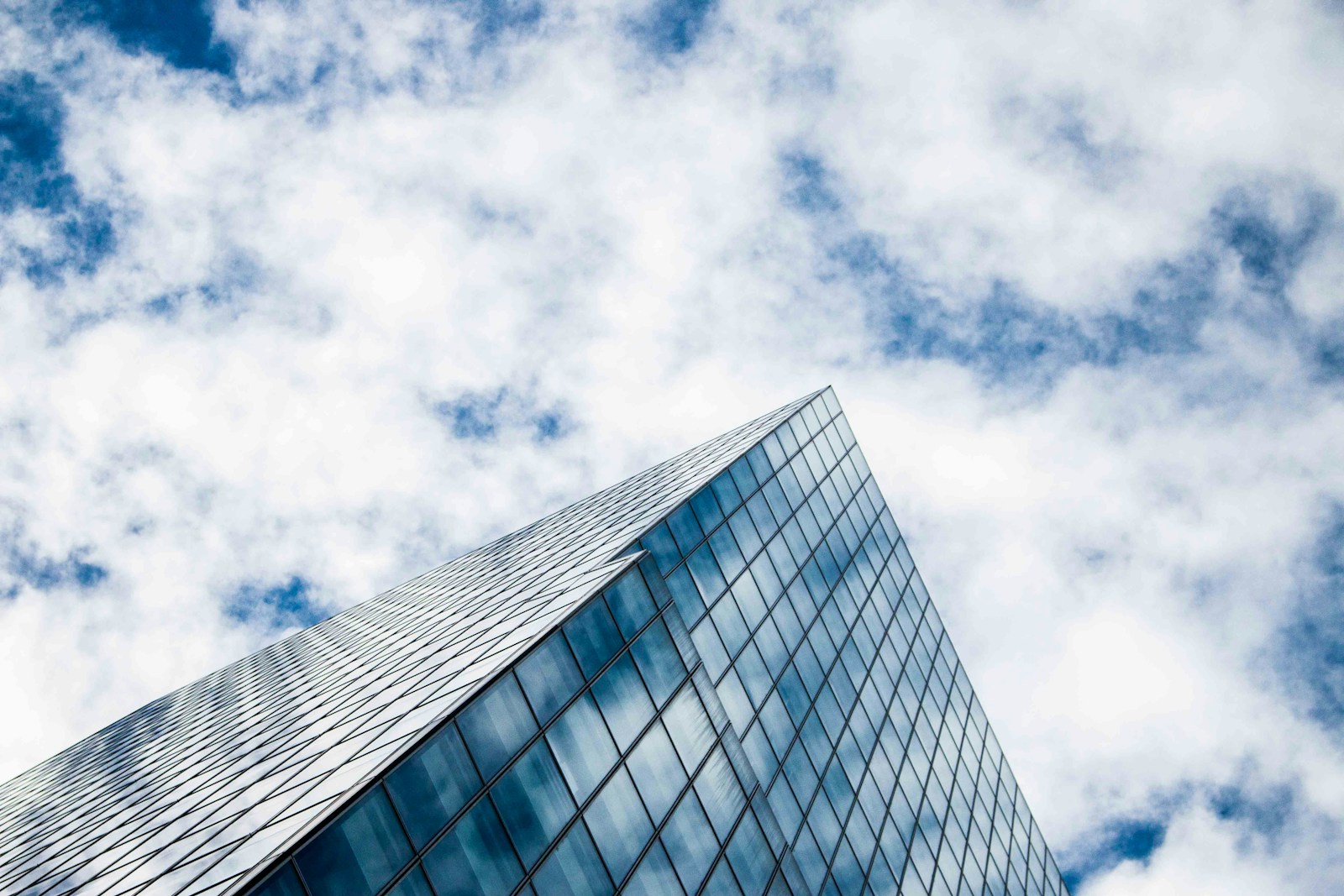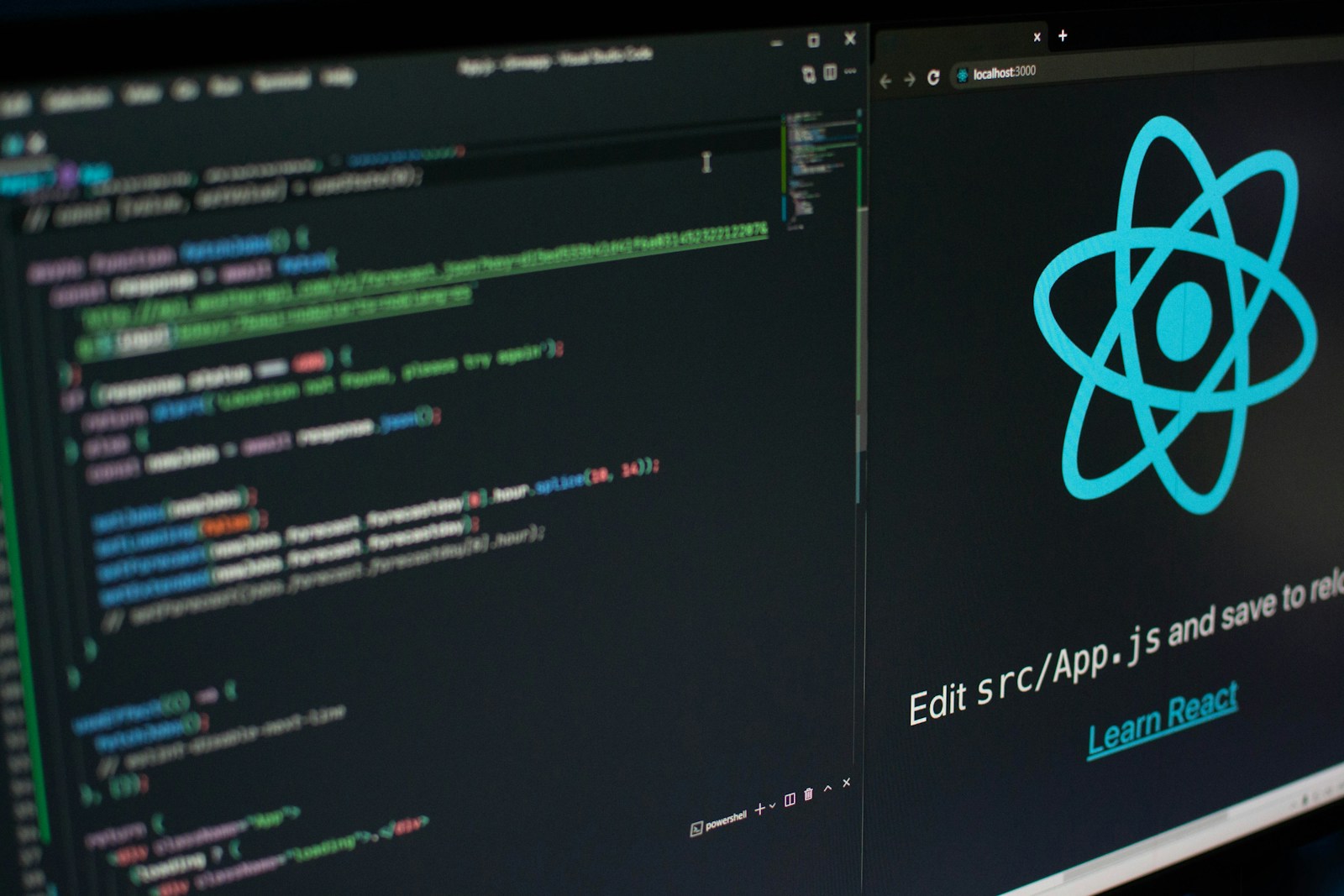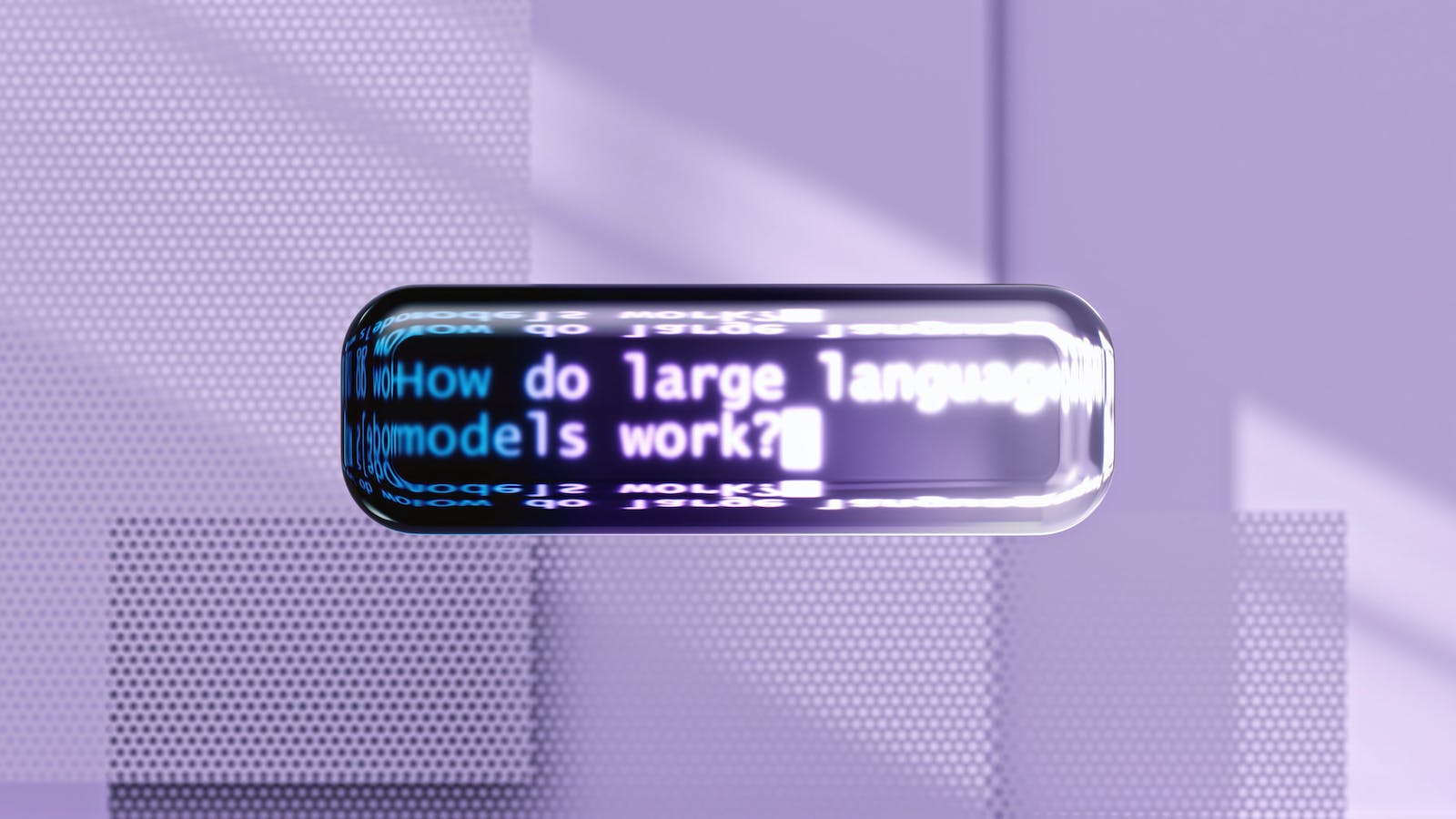Estimated reading time: 8 minutes
What Is a Ghibli Image?
A “Ghibli image” refers to artwork—often digitally generated—that emulates the distinctive visual aesthetic of Studio Ghibli, the renowned Japanese animation studio. These images capture the hallmarks of Ghibli’s style: lush, hand‑drawn textures; pastel and watercolor‑like palettes; cozy, detailed environments; and characters whose expressive features convey deep emotion and whimsy. In the age of AI, specialized “Ghibli AI” tools have emerged, allowing artists and enthusiasts to generate custom scenes—ranging from enchanted forests to charming European‑inspired villages—in the beloved Ghibli manner with just a few lines of text. At its core, a Ghibli image blends technical precision with a sense of wonder, transporting viewers into worlds where the mundane and the magical coexist seamlessly.
The Origins of Studio Ghibli
Studio Ghibli was founded on June 15, 1985, as a subsidiary of Tokuma Shoten Co., Ltd., by directors Hayao Miyazaki and Isao Takahata, producer Toshio Suzuki, and publisher Yasuyoshi Tokuma. The studio emerged after the success of Miyazaki’s Nausicaä of the Valley of the Wind (1984), which convinced Tokuma Shoten to back the new venture. Initially based in the Kichijōji neighborhood of Tokyo, the studio relocated to Koganei in 1992, and in 2005 it became fully independent from its parent company. From its very first feature, Laputa: Castle in the Sky (1986), Ghibli distinguished itself through meticulous hand‑drawn animation and richly detailed backgrounds, setting the stage for decades of critically acclaimed films.
The Meaning Behind “Ghibli”
The name “Ghibli” was chosen by Hayao Miyazaki after the Italian Caproni Ca.309 Ghibli aircraft—a reconnaissance plane used in North Africa during World War II. In Italian, “ghibli” (also transliterated as “qibliyy” from Arabic) denotes a hot desert wind. Miyazaki’s choice of name symbolized his ambition for the studio: to “blow a new wind through the anime industry” and invigorate Japanese animation with fresh creativity and vision.
Why Studio Ghibli Became Famous
From the outset, Studio Ghibli’s films garnered both critical acclaim and popular adoration. Spirited Away (2001), directed by Miyazaki, won the Academy Award for Best Animated Feature and became the highest‑grossing Japanese film in history at the time. The studio’s commitment to hand‑drawn artistry, complex characters, and universal themes—such as environmentalism, the innocence of childhood, and the costs of progress—resonated with audiences worldwide. In 2024, Ghibli received an honorary Palme d’Or at the Cannes Film Festival, marking the first time the award was bestowed upon a studio rather than an individual and highlighting Ghibli’s enduring global impact. Beyond box office success, Ghibli’s films have influenced generations of animators and filmmakers, cementing the studio’s reputation as a powerhouse of imaginative storytelling.
Artistic Style Characteristics
Several key visual elements define the Studio Ghibli style:
- Hand‑Drawn Animation: Ghibli films are primarily created using traditional hand‑drawn techniques, with each frame painted in watercolor or acrylic to achieve organic textures and warmth.
- Watercolor and Pastel Palettes: Soft, muted hues—interspersed with bright accents—lend a cozy, dreamlike quality to scenes. This pastel approach enhances the emotional resonance of both joyful and melancholic moments.
- Lush, Detailed Environments: Whether depicting sprawling forests, quaint villages, or European‑inspired interiors, Ghibli backgrounds teem with life. Tiny details—a fluttering leaf, a flickering lantern—invite viewers to linger and explore.
- Expressive Character Design: Characters feature rounded, voluminous hair; large, emotive eyes; and simple, harmonious facial features. These design choices focus attention on internal emotions and relationships rather than hyper‑realistic anatomy.
Narrative Themes in Studio Ghibli Films
Ghibli’s visual splendor is matched by its narrative depth. Recurring themes include:
- Magical Realism: Fantastical elements—spirits, witches, flying islands—blend effortlessly with everyday settings. This fusion invites viewers to perceive the extraordinary within the ordinary, as seen in My Neighbor Totoro and Spirited Away.
- Nature and Environmentalism: Films like Princess Mononoke and Nausicaä emphasize humanity’s relationship with nature, often portraying ecosystems as sentient entities deserving respect and protection.
- Coming‑of‑Age and Human Connection: Many Ghibli protagonists are young girls on journeys of self‑discovery. Through trials and friendships, they learn empathy, courage, and the value of community.
Influence on Art and Culture
Studio Ghibli’s aesthetic has inspired countless artists across disciplines. Japanese pop artist Takashi Murakami credits Ghibli’s perfection and originality as a catalyst for his Superflat movement, which explores Japan’s cultural identity through flat, vibrant imagery. Globally, illustrators and animators emulate Ghibli’s hand‑drawn techniques and thematic depth, leading to fan art, independent animations, and themed exhibitions such as the Ghibli Museum in Mitaka, Tokyo—a whimsical space designed by Miyazaki himself to immerse visitors in the studio’s visual ethos.
Who Invented the Ghibli Style?
While “Ghibli style” refers broadly to the studio’s collective output, it originated with Hayao Miyazaki and Isao Takahata. Miyazaki’s passion for aviation and storytelling shaped early Ghibli films, while Takahata’s background in documentary and character‑driven narratives influenced the studio’s thematic diversity. Producer Toshio Suzuki provided crucial support, helping to refine scripts and secure funding. Together with Tokuma Shoten’s Yasuyoshi Tokuma, this team established a creative environment that prioritized artistry and emotional authenticity above commercial formulas.
Creating Ghibli Images: Traditional Methods
Artists seeking to emulate Ghibli by hand often follow these steps:
- Sketching with Simplicity: Begin with clean, uncluttered lines, focusing on character expressions and key compositional elements.
- Watercolor Techniques: Apply light washes of color to build up soft gradients. Layer pastel tones to achieve the signature Ghibli warmth.
- Detailed Backgrounds: Paint environments with meticulous attention to foliage, architecture, and small props. Use a mix of wet‑on‑wet and wet‑on‑dry techniques for texture.
- Digital Refinement: Scan or photograph hand‑drawn art, then use digital tools (e.g., Photoshop, Clip Studio Paint) to adjust contrast, color balance, and add subtle effects like light flares or atmospheric haze.
This blend of analog and digital methods captures the organic feel of Ghibli’s traditional animation while leveraging modern conveniences.
Generating Ghibli Images with AI
Advances in machine learning have democratized the creation of Ghibli‑style images. Key tools include:
- Ghibli AI (e.g., GPT‑4o): Text‑to‑image models trained on vast art datasets can replicate Ghibli’s aesthetic when prompted correctly.
- Ghibli Diffusion: An open‑source model fine‑tuned for Ghibli visuals, available on platforms like getimg.ai.
- Online Filters: Services such as Fotor’s Studio Ghibli Filter and insMind’s Ghibli Filter allow users to upload photos and instantly transform them into watercolor‑like scenes.
The typical workflow involves selecting a model, crafting a detailed prompt, adjusting style weights (e.g., color saturation, texture emphasis), and iterating until the desired image emerges.
Prompt Engineering for Ghibli Art
Effective AI prompts for Ghibli‑style generation combine scene description with stylistic directives. Examples include:
- Scene‑Focused Prompts
- “A serene meadow at dawn with dew‑covered flowers and a young girl in a simple dress, in the style of Studio Ghibli, watercolor texture, pastel palette.”
- “An old library filled with wooden shelves, soft sunlight filtering through stained‑glass windows, whimsical Ghibli aesthetic, hand‑drawn look.”
- Character‑Centered Prompts
- “A brave girl with voluminous hair and expressive eyes riding a friendly forest spirit, lush forest background, Ghibli style.”
- “A gentle boy holding a lantern under cherry blossoms, soft lighting, watercolor washes, Ghibli art style.”
- Environment‑Driven Prompts
- “A cozy European village at twilight, cobblestone streets lined with lanterns, vibrant colors, Ghibli‑inspired hand‑painted look.”
- “A floating island above the clouds, ancient ruins overgrown with vines, magical realism, pastel watercolor style.”
- Atmospheric and Mood Directives
- “Ethereal fog rolling through a mountain pass, muted blues and grays, Ghibli‑style emotional depth.”
- “Golden autumn leaves swirling around a hidden shrine, warm glow, hand‑drawn texture reminiscent of Hayao Miyazaki’s films.”
Tips for refining prompts: specify art medium (e.g., “watercolor, acrylic”), lighting (“soft, diffused”), color palette (“pastel, muted with bright accents”), and composition (“wide shot, intricate background”). Iterative adjustments—adding or removing adjectives—help fine‑tune the final output.
Ethical Considerations and Copyright
The surge of AI‑generated Ghibli images has ignited debates over intellectual property. Hayao Miyazaki himself has criticized AI art as an “insult to life,” arguing that it undermines the authenticity and labor of human creators. Legal experts question whether AI models trained on copyrighted works without explicit permission infringe on original artists’ rights. In some cases, generated images too closely mimic trademarked characters or scenes, raising potential liability for platforms and users alike. Enthusiasts are encouraged to approach Ghibli‑style AI art with respect: use prompts inspired by the studio’s aesthetic rather than direct replicas of existing characters, and credit the original creators whenever possible.
By understanding the roots of Studio Ghibli’s enchanting art and leveraging both traditional techniques and modern AI tools, artists and fans alike can craft images that honor the studio’s legacy. Whether painting with watercolor or typing prompts into a neural network, the key lies in capturing the warmth, detail, and emotional depth that define the Ghibli magic.
For the latest tech news and reviews, follow Rohit Auddy on Twitter, Facebook, and Google News.

